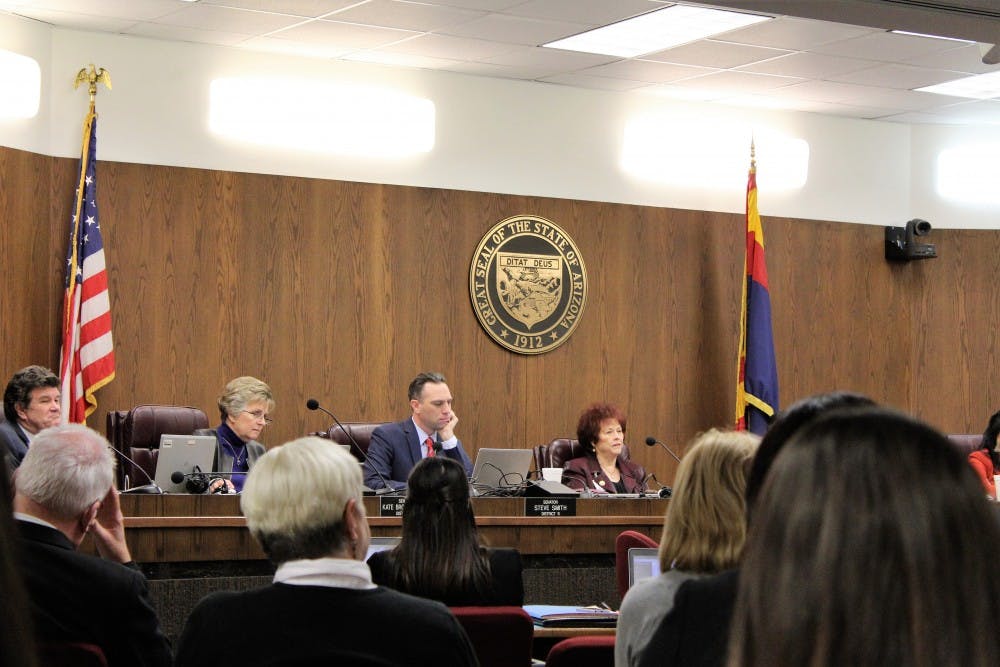A bill that would provide additional financial aid to teachers on low-income areas or Indian reservations was passed in the Arizona State Senate on Jan 26.
Senate Bill 1040 extends and reforms the efforts made by the Math, Science and Special Education (MSSE) Teacher Loan Forgiveness Program created in 2007. In fiscal year 2016, MSSE disbursed $163,625 to educators in Arizona. The program has a maximum limit of $7,000 in forgivable loans for college juniors and seniors per academic year. According to the program description, the loans are to be used for tuition, classroom materials and any mandatory fees their institutions require.
SB 1040 also renames the MSSE the "Arizona Teacher Student Loan Program."
“We reformed the program,” Sen. Sylvia Allen (R-Snowflake) said. “60 percent of the loans go towards math, science or special education teachers and 40 percent of the money goes towards low-income, rural areas or Indian reservations.”
Allen said the problem is that rural schools in Arizona can't pay teachers as much as those in urban areas. She said that teachers in urban areas can make anywhere as much as $15,000 more per year than rural instructor.
Allen said the goal of the Arizona Teacher Student Loan Program is to fill the gaps of missing teachers who specialize in math, science and special education.
“We are trying to do everything to provide for young people,” said Allen. “I really believe in our state’s (education) system.”
Junior and senior college students are eligible for the benefits of the loan program if they agree to teach under one of the listed categories in a K-12 school for each year they received student loan funding, plus an additional year after. This means that if someone wanted to use the program and had four years of student loans, they would have to teach for five.
The legislation also requires a student to be enrolled in a teacher certificate program at a university or any alternate certification program.
Although the bill aims to resolve an absence of educators throughout the state, some say that supporting alternate (non-university certified) teacher certification programs is not an ideal way of producing experienced instructors for classrooms.
“These alternative programs that certify people may not have quality experiences for students,” David Berliner, a regents professor in the Mary Lou Fulton Teacher's College at ASU, said.
Berliner said that in low-income areas there is a higher rate of English language learners, special education students and families with stability issues.
Although he approves the intent of the program, Berliner asked: “Why should we promote inferior programs for the hardest to teach kids?”
Michael Magyar, a secondary education freshman, approves of the new bill and said that amazing teachers in his past were the inspiration he had to start taking on education as a major.
“(Teaching in low-income areas) is a much tougher job,” Magyar said. “I would be all for it if I felt like it would give me an opportunity to really make a difference.”
Magyar would be open to teaching in low-income areas because of the possible impact on kids who need good role models in life.
Reach the reporter at Victor.ren@asu.edu and follow @MrVictorRen on Twitter.
Like The State Press on Facebook and follow @statepress on Twitter.




